From cocaine to chocolate. Can cocoa really be a substitute for the leaf that makes cocaine?
A sweet alternative
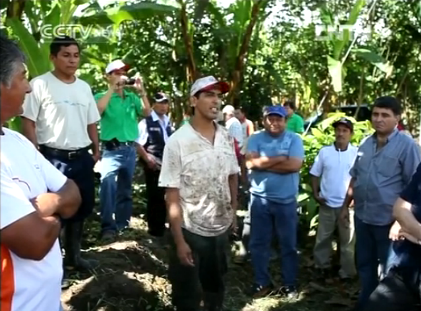

From cocaine to chocolate. Can cocoa really be a substitute for the leaf that makes cocaine?
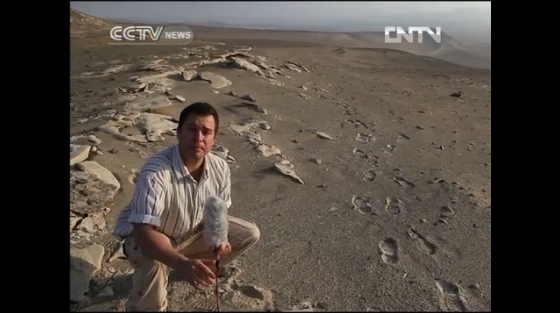
Dan Collyns reports for CCTV’s Americas Now program regarding the discovery of massive marine fossils in the Peruvian desert.
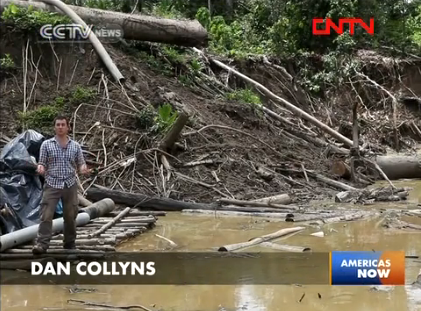
See Dan Collyns in action on the Americas Now program for CCTV
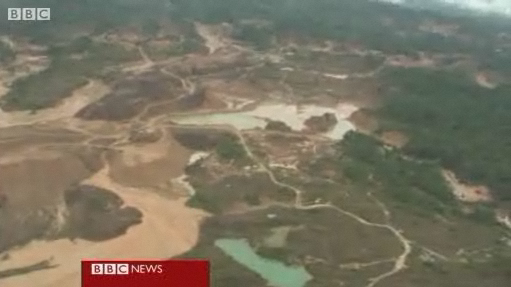
In the heart of Peru’s rainforest, the pursuit of gold is pushing one of the world’s most biodiverse ecosystems to the brink of catastrophe.
Peru is the world’s sixth producer of the precious metal – but officials say almost a quarter of it is illegally mined.
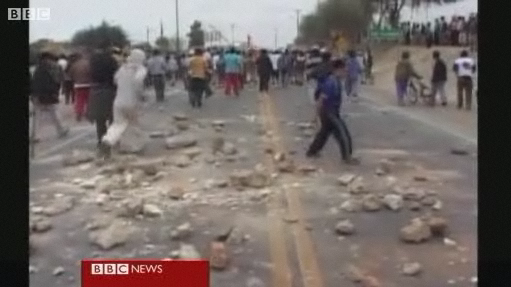
People in the southern Peruvian towns of Chincha and Pisco have marked the second anniversary of an earthquake which killed more than 500 inhabitants and destroyed thousands of homes.
Two years on, and there is anger among some residents that only 25% of the planned reconstruction has taken place in Pisco.
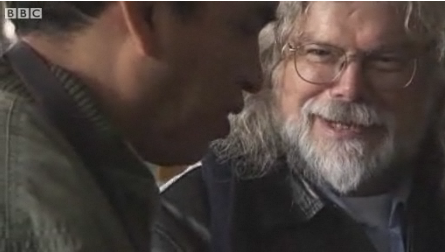
Since 1970, Peru has been hit by five powerful and deadly earthquakes. The latest struck Peru’s coast exactly two years ago with a magnitude of 8.0 on the Richter scale.
It fiercely shook the capital Lima, but its devastating epicentre was about 200km (124 miles) to the south, near the town of Pisco, a small fishing port built largely of adobe – mud bricks which Peruvians have used for thousands of years.
More than 500 people were killed and about 75,000 homes were left uninhabitable.
For Peruvian engineer Marcial Blondet, it was the devastating quake in 1970 that first motivated him to develop earthquake-resistant buildings, particularly for those who could least afford them.
Some 70,000 people died in the mountainous region of Huaraz, many of them in an avalanche of snow, ice and rock which obliterated the town of Yungay. It was the deadliest earthquake in Latin American history.